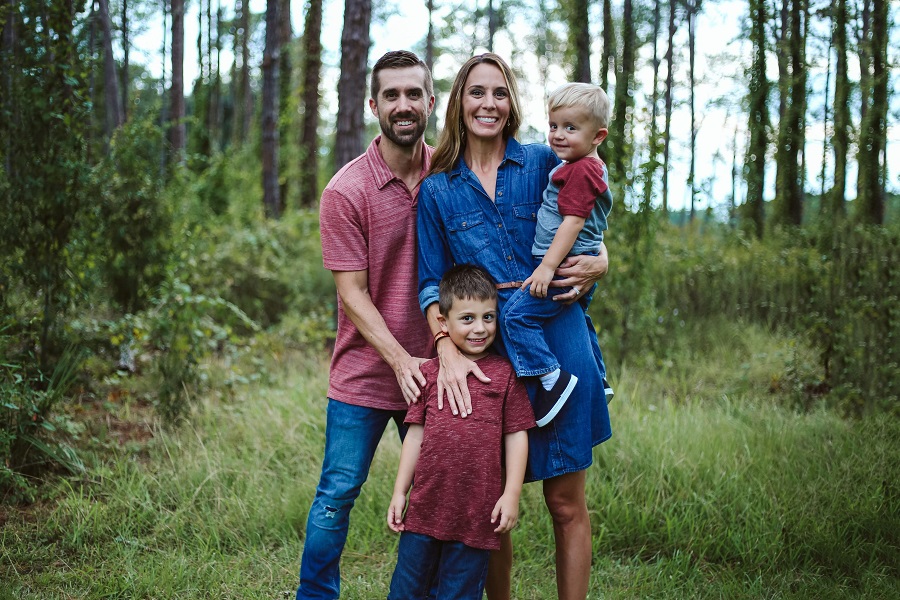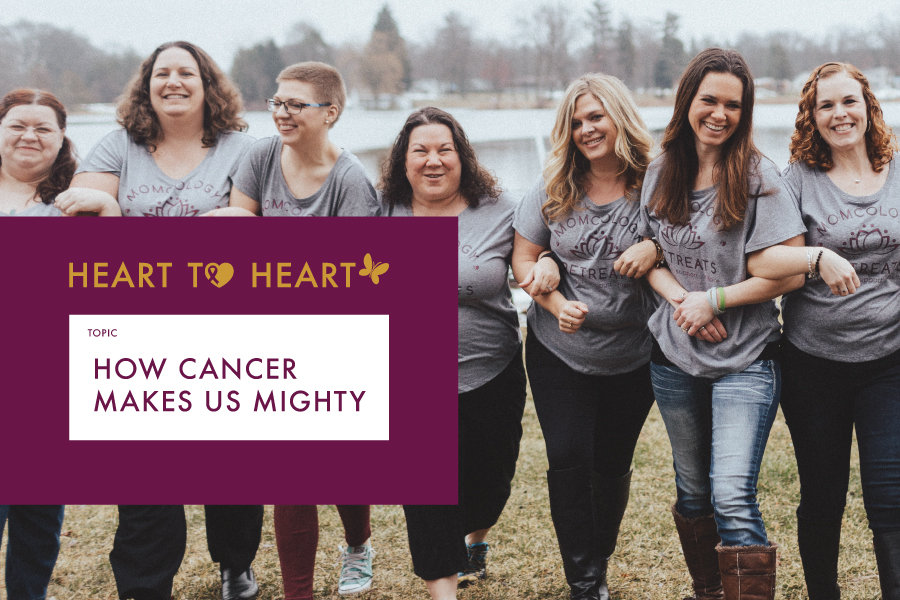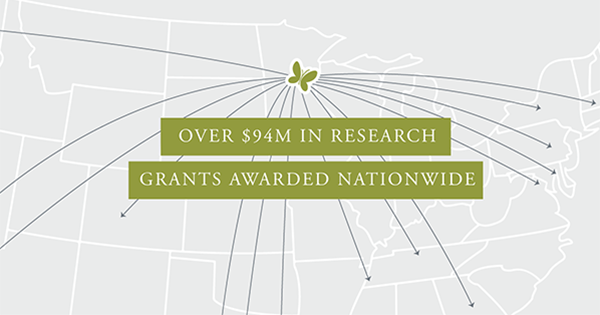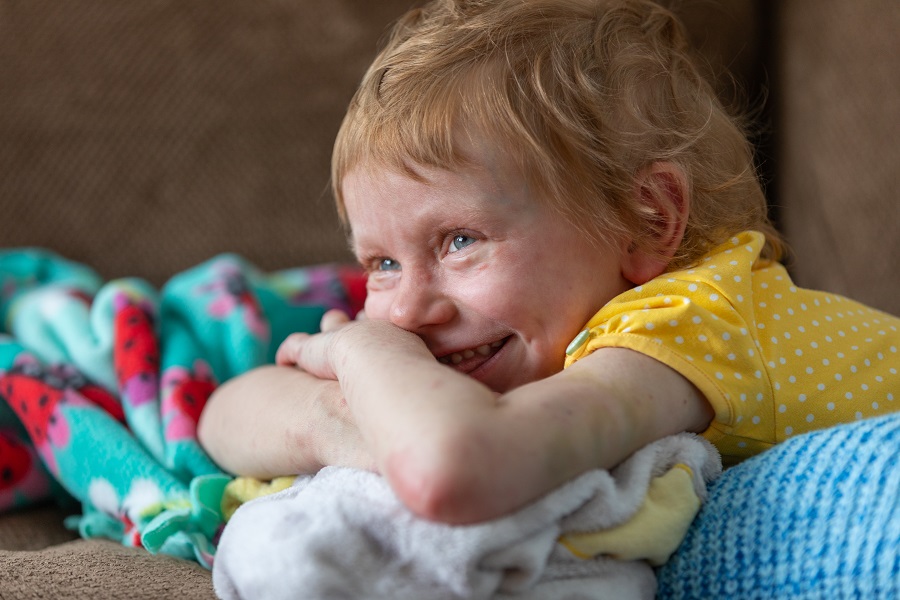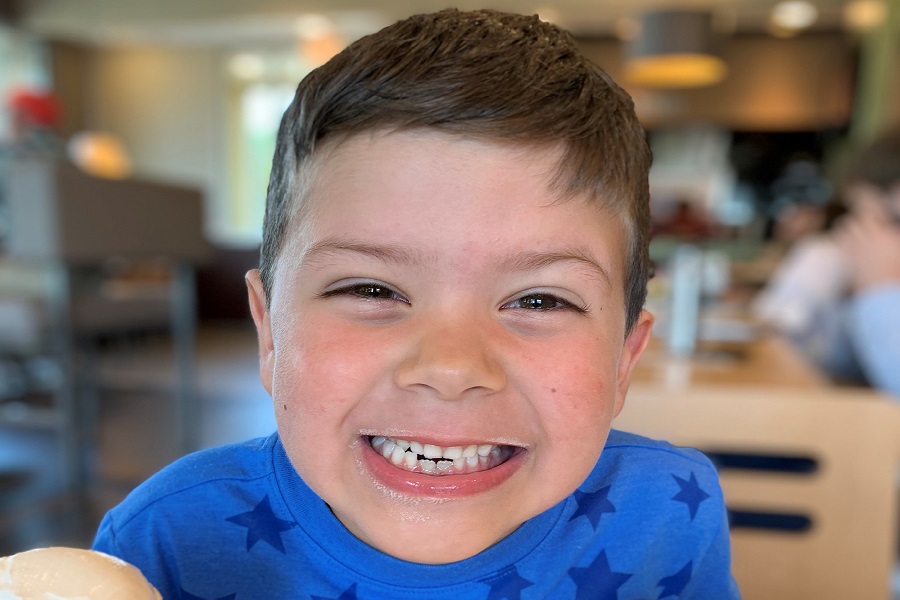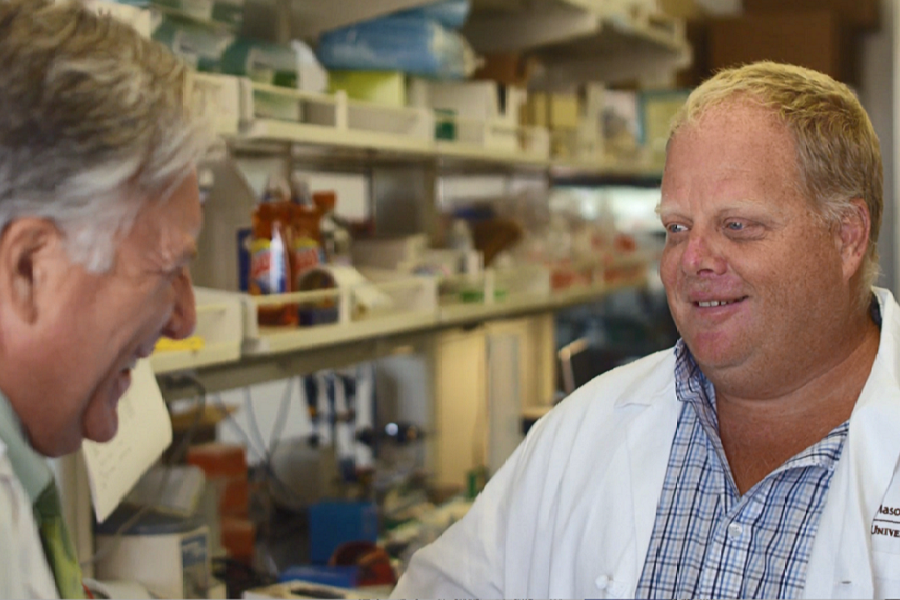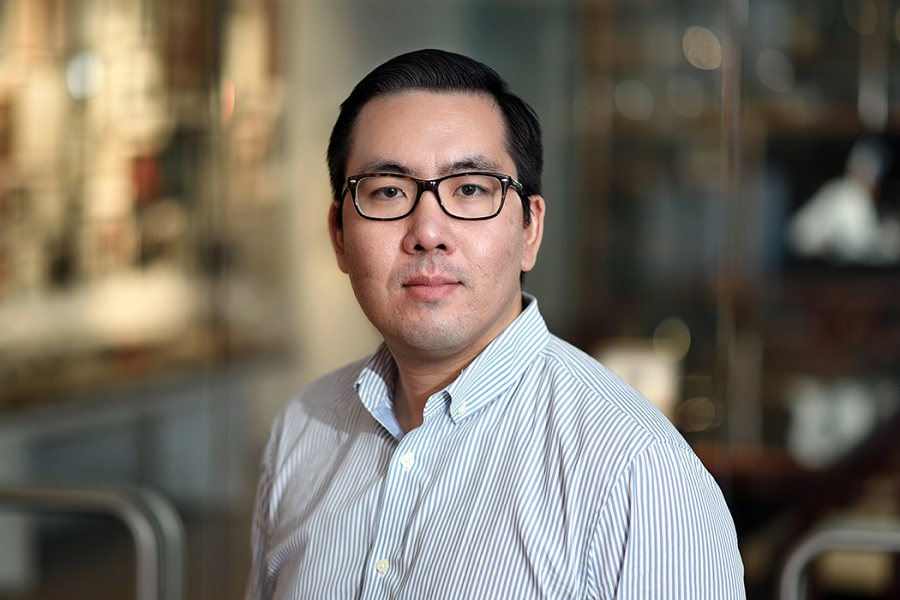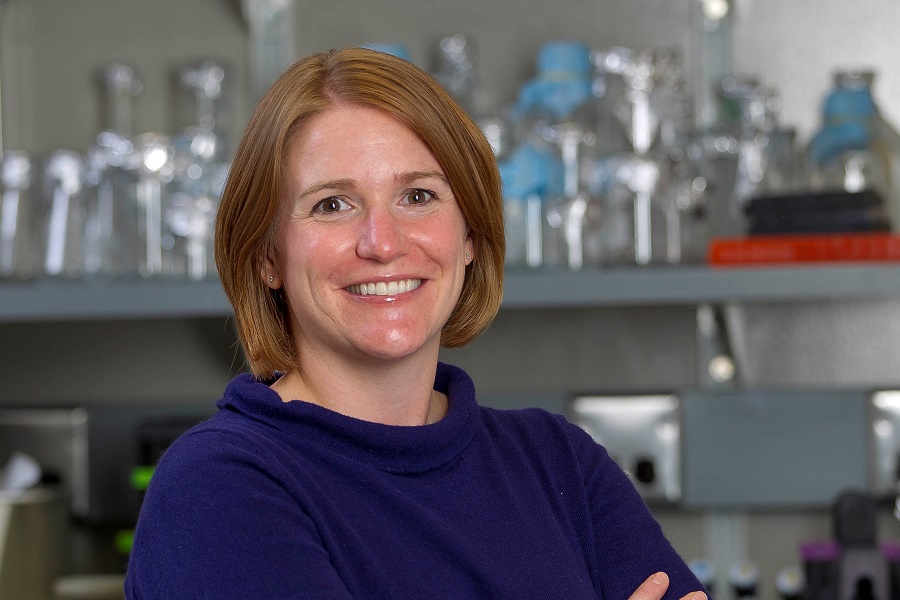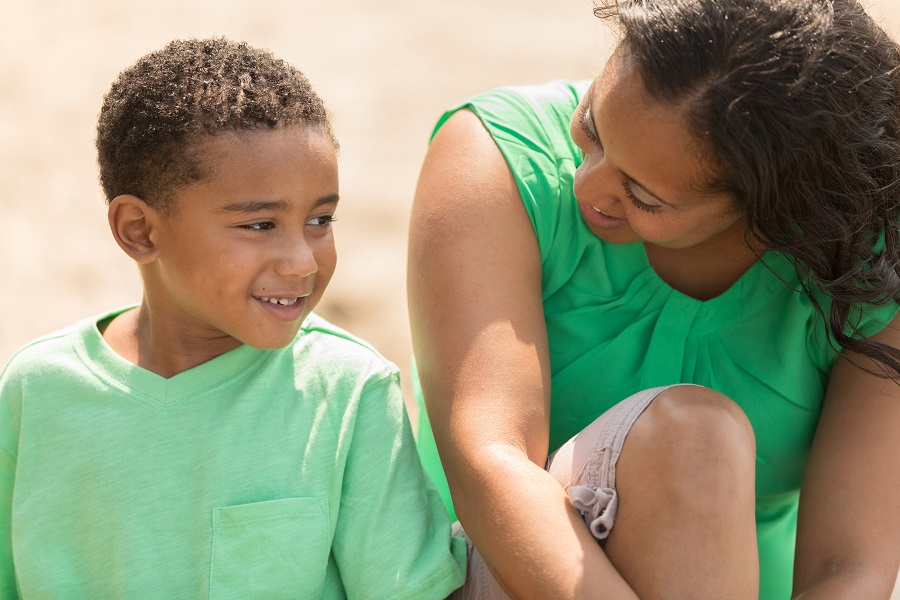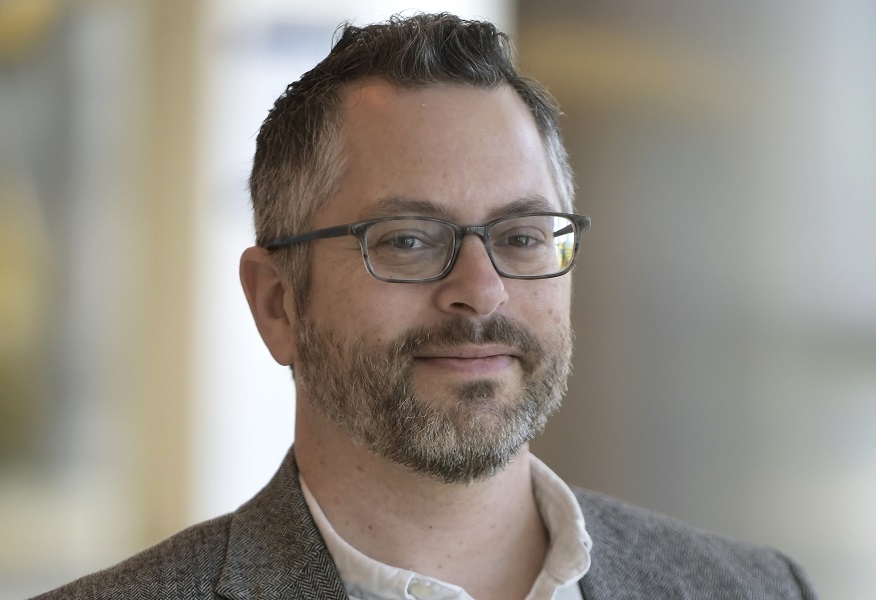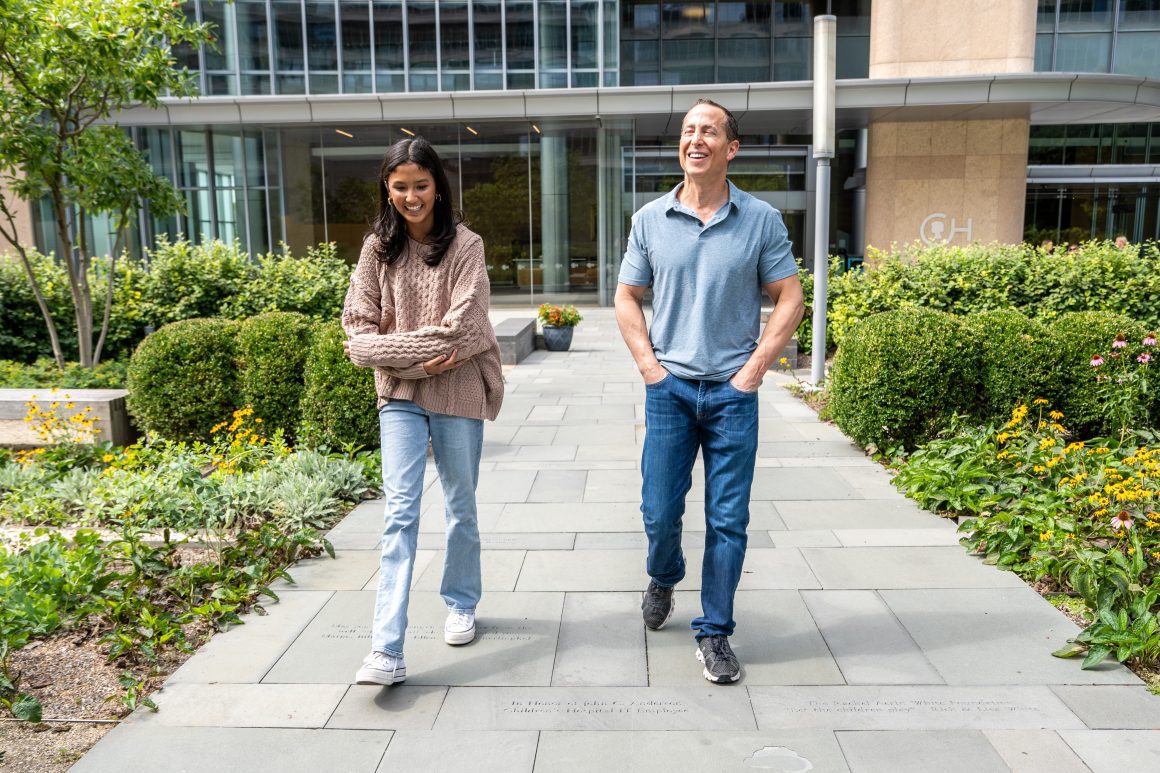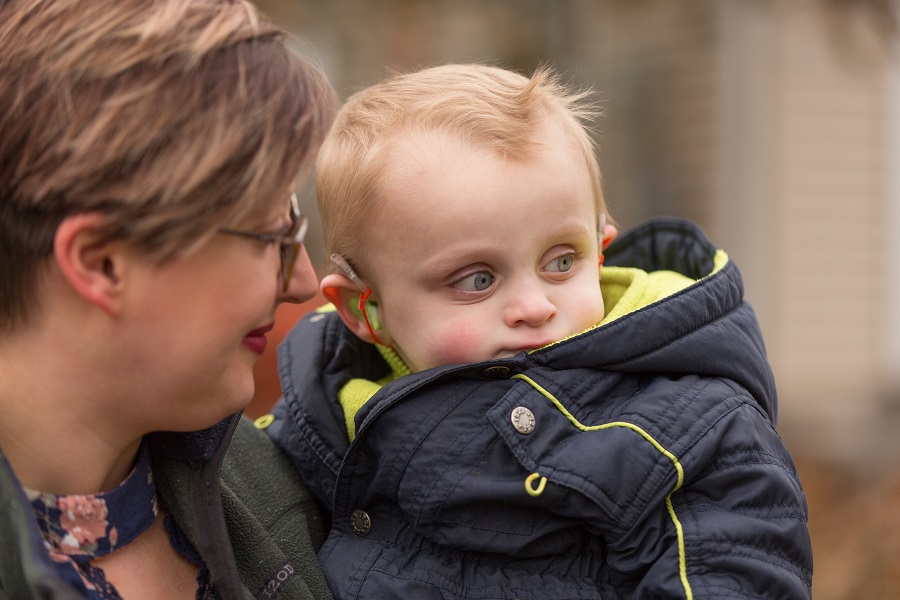Today, Michelle is enjoying her life, sending her two young boys off to school and running her own company. But when she thinks back to when she was 20 years old, she remembers telling her mom she didn’t know if she could go on living. “I was totally tapped out, mentally, physically and spiritually,” Michelle said. “I remember telling my mom I just wanted to …
How Cancer Makes Us Mighty
When a child is diagnosed with cancer, the child and the family face challenges they never knew existed — but they also find strength they didn’t know they had. Cancer has a mighty fierce opponent in kids – because these kids are mighty strong, and their stories are mighty powerful. Through our partnership with Momcology, we asked cancer caregivers to tell us about a time …
CCRF Funds 9 New Research Projects
This September, your generosity, advocacy and awareness-building made a mighty big difference. This Childhood Cancer Awareness Month, CCRF awarded nine new research projects at different institutions across the country. This brings CCRF’s total to over $94 million in research grants nationwide. These 9 new research projects aim to: Investigate how a newly discovered regulatory pathway drives neuroblastoma development and creating targeted therapies to defeat the …
Planned Giving
PLANNED GIVINGYour legacy can give kids life. We can help continue your story.Your legacy can be one of the most transformative gifts for the future of childhood cancer research. While it can be natural to have feelings of unease when planning a will and a gift for when you’re gone, it can also be exciting to explore the many significant ways you can impact kids’ …
Building the Case for Kids with Hepatoblastoma
Federal funders like the National Institutes of Health (NIH) are typically more interested in funding broad health concerns such as HPV or dementia, so rare childhood cancers like hepatoblastoma often do not easily make it onto the radar for research grants. For childhood cancer researchers, less funding means less research and even fewer answers to some of the biggest questions: Why is hepatoblastoma the fastest-growing …
A First Lost Tooth
This piece was originally posted on July 17, 2019 by Kristy Westrom on the CaringBridge page for her son, Liam, who was diagnosed with T-cell acute lymphoblastic leukemia in May 2018. When Liam was first diagnosed, I had such a hard time with the fact that he was so young. How on earth could this little body, that has been given all the best since …
Cancer Parents’ Advice to Themselves
If you could go back to the day your child was diagnosed, what advice would you give yourself, knowing what you know now? This is the question we asked a group of cancer parents through a Facebook discussion facilitated by Momcology, a national peer support and community-building foundation for pediatric cancer families and partner to CCRF. In the parents’ answers, we noticed a few themes. …
Upcoming Clinical Trial Takes Aim at Brain Tumors
Childhood brain tumors cause the most cancer-related deaths among kids and young adults ages 0–19, recently surpassing leukemia. But, a profound breakthrough is on the brink of human clinical trial which may change the future of brain tumor treatment, thanks to University of Minnesota researchers Dr. Michael Olin, PhD and Dr. Christopher Moertel, MD, their team, and the donors who have helped fund their work. …
Alizabeth’s Story – Full of Sparkle
Two years ago, Carrie and Steve already had their hands full. As working parents to five daughters and owners of a cattle ranch in central Minnesota, they were a busy family, but happy that way. But when their youngest, Alizabeth, started feeling sick, everything changed. Carrie remembers the moment clearly – she was putting Alizabeth’s long blonde hair up in a ponytail when she noticed …
Big Dreams Tour
Big DreamsWe believe that kids fighting cancer deserve creative outlets that let them dream big and preserve their legacy.We are partnering with musician James Orrigo to provide unique opportunities to bring to life the imaginations of kids fighting cancer. See Our VideosBig Dreams Virtual Tour Through the use of Zoom or virtual reality, James meets with the child or teen and gives them the chance …
Hope for the Future of DIPG Treatment
Texas In the past 40 years, scientists have made incredible progress in the world of childhood cancer research. Survival rates have risen dramatically for cancers like acute lymphoblastic leukemia, Hodgkin lymphoma and others. But despite these impressive advances, no researcher has been able to crack the code behind diffuse intrinsic pontine glioma (DIPG), an aggressive brain cancer with a 0 percent survival rate. But that …
Study finds cancer rates in children are increasing
A new study at the University of Minnesota found that cancer rates in children are increasing all over the world. The study, led by Jenny Poynter, PhD, was funded in part by Children’s Cancer Research Fund. It found that incidences of leukemia, certain brain tumors, neuroblastoma and hepatoblastoma have all increased in children under the age of 5. The study specifically focused on the rising …
Looking for the Finish Line
This piece was originally posted by Kristy Westrom on the CaringBridge page for her son, Liam, who was diagnosed with T-cell acute lymphoblastic leukemia in May 2018. You know that feeling when you’re so exhausted that you just don’t know if you have it in you to keep going… but you do it anyway? There are a few times that I have truly felt like …
Advocating for Your Child During Cancer Treatment
Occasionally, parents of children with cancer experience surprising and tense situations with clinical care teams. For Nicole, mother of acute myeloid leukemia survivor Jacob, this meant having honest conversations with Jacob’s doctors and nurses, or pushing back and diligently asking questions to effectively make decisions for his overall health. When Jacob was going through the thick of chemotherapy and a bone marrow transplant and not feeling …
Cancer Survival and Socioeconomic Status
Racial and ethnic disparities have long plagued health care, but according to Children’s Cancer Research Fund Chief Medical Advisor Logan Spector, PhD, no one knew quite how much or how exactly these disparities affected African-American and Hispanic children with cancer. So Dr. Spector’s team delved into this question: Why do African-American and Hispanic children die of cancer more often? Is the disparity caused by socioeconomic …
Forbes/SHOOK Top Advisor Summit
Join us in creating a lifesaving treatment where one has never existed before. Meet Ella. She’s survived one dangerous transplant to treat a rare type of leukemia. The treatment brought her to the brink of death and back, and it still left her with only an 8-14% chance of living. A new immunotherapy involving no chemotherapy, no life-threatening transplant, and likely a much lower risk of relapse is being developed for Ella and kids like her.
Just A Checkup
There are moments, once you have been through what we have, that make you recognize another cancer parent. You may feel gravitation towards a complete stranger – something draws you to them without a logical explanation. Maybe it’s a look in their eyes that you recognize. The mom standing in the elevator just emits this painful feeling that I’ve felt before. She tells me she …
There’s Always Hope – Catherine’s Story
In 1998, Cheryl brought her daughter, Catherine, in to the doctor’s office for what felt like the hundredth time. A little over a year earlier, Catherine was diagnosed with acute lymphoblastic leukemia. At just age 3, she had already been through numerous appointments and procedures to try to fight the disease. This time, though, the cancer was back, now attacking her optic nerve and making …

